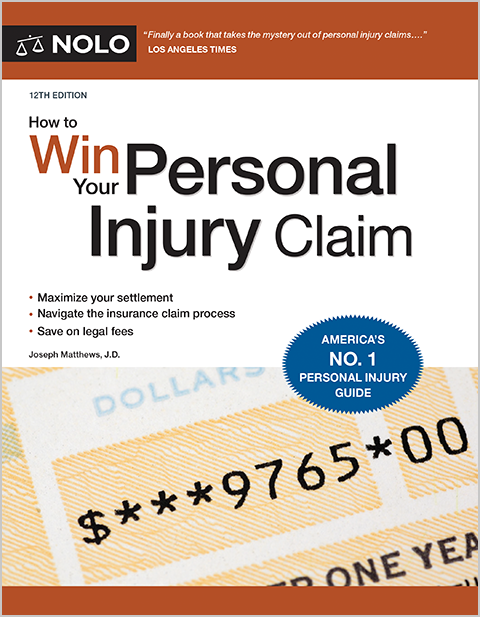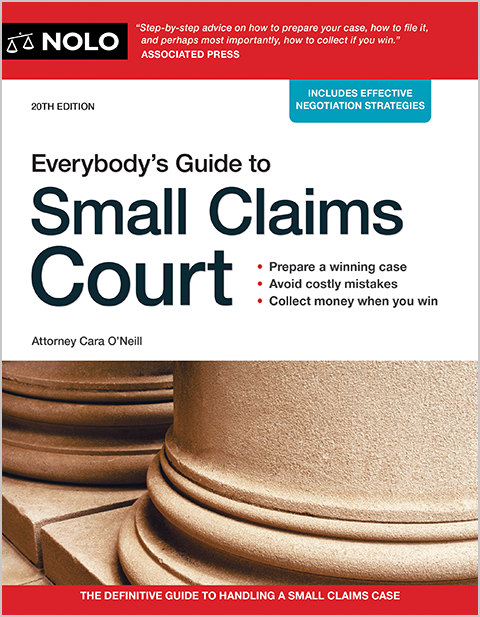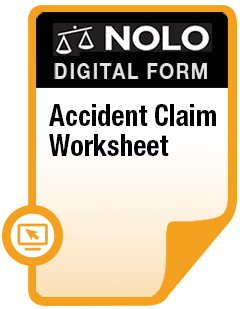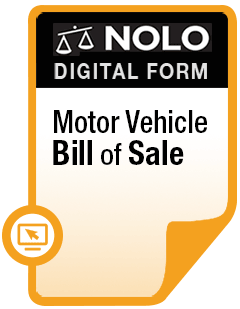The deadline for filing a car accident lawsuit in South Dakota's courts, the state's "comparative negligence" rule, and your obligation to report a car accident.
Several key South Dakota laws could have a big impact on any car accident claim you decide to make, including:
- the three-year deadline for filing most car accident injury lawsuits in South Dakota courts
- South Dakota's "comparative negligence" rule, which could bar your car accident claim if your share of fault for the accident was more than "slight"
- the reporting requirement for most South Dakota car accidents that cause injury or property damage.
What Is the South Dakota Car Accident Statute of Limitations?
A "statute of limitations" is a state law that sets a strict time limit on your right to bring a lawsuit to court.
In South Dakota, lawsuits over car accident injuries are governed by the statute of limitations found at South Dakota Codified Laws section 15-2-14. This law gives you three years to ask South Dakota's civil court system for a remedy for any kind of personal injury caused by someone else.
If anyone was killed as a result of the car accident, South Dakota Codified Laws section 21-5-3 sets its own three-year statute of limitations deadline for any wrongful death claim that might be brought by the deceased person's representative. The main difference is that, for these kinds of claims, the three-year "clock" starts running on the date of the accident victim's death (as opposed to the date of the accident itself).
Finally, if you've had your vehicle or other property damaged as a result of a car accident, the catch-all statute of limitations found at South Dakota Codified Laws section 15-2-13 gives you six years to get your case filed.
What If I Miss the South Dakota Statute of Limitations Deadline?
Whichever deadline applies, if you try to file your car accident lawsuit after the applicable time limit has passed, you can count on the defendant (the person you're trying to sue) pointing out that discrepancy to the court as part of a motion to dismiss. The court will almost certainly grant the motion (unless some rare exception applies to extend the filing deadline), and that will be the end of your case. That's why it's crucial to understand how the statute of applies to your situation.
Does South Dakota's Car Accident Statute of Limitations Apply to Car Insurance Claims?
No. The statute of limitations doesn't apply to a car insurance claim. Any insurance company, whether your own or the other driver's, is going to require you to make a claim—or at least give the insurer notice of an incident that could trigger a claim—"promptly" or "within a reasonable time" after the accident. That usually means a matter of days, or a few weeks at most.
Even if you're confident that your South Dakota car accident case will be resolved through car insurance, you'll want to leave yourself plenty of time to file a lawsuit in court, and keep your leverage during settlement talks.
What Is South Dakota's "Comparative Negligence" Rule for Car Accidents?
Suppose you're seriously injured in a South Dakota car accident, and you take your case to court. The jury, after hearing all the evidence, decides that the other driver was responsible for the accident—but that you too bear part of the blame. What happens next? How does this verdict affect your right to compensation?
South Dakota Codified Laws section 20-9-2 says that "the fact that the plaintiff may have been guilty of contributory negligence does not bar a recovery when the contributory negligence of the plaintiff was slight in comparison with the negligence of the defendant, but in such case, the damages shall be reduced in proportion to the amount of plaintiff's contributory negligence."
In plain English, that means you can still get compensation from the other driver as long as the jury finds you only "slightly" at fault for your injuries, but any compensation you receive will be reduced by an amount that is equal to the percentage of negligence that's deemed to be yours.
South Dakota is the only state that follows this version of "comparative negligence," where the plaintiff's share of fault must be "slight" in order for them to still recover compensation from the defendant. There's no set definition of "slight." The jury will make its own determination based on the specific circumstances of the case.
Pure comparative fault works like this in practice in South Dakota: Suppose that, in your car accident case, the jury decides your fault was in fact "slight," they set it at ten percent, and decide that your total damages are $10,000. In that situation you would receive $9,000: the $10,000 total minus the $1,000 that represents your ten percent share of the blame for the accident.
"Comparative Negligence" Can Come Up in the Car Insurance Claim Process
The comparative negligence rule binds South Dakota judges and juries (if your car accident case makes it to court), and it will also guide a car insurance claims adjuster when he or she is evaluating your case. Also keep in mind that since there is no empirical means of allocating fault, any assignment of liability will ultimately come down to your ability to negotiate with a claims adjuster or to persuade a judge or jury.
Do I Need to Report a Car Accident in South Dakota?
Under South Dakota Codified Laws section 32-34-7, the driver of any motor vehicle involved in an accident in the state must report the crash—"by the quickest means of communication" (by immediate phone call from the scene, for example) to the nearest available law enforcement officer—if:
- any person was killed or injured in the accident, or
- the accident resulted in damage to the apparent extent of $1,000 or more to any one person's property or $2,000 total per accident.
Do I Need Car Insurance in South Dakota?
In almost every South Dakota car accident scenario, insurance coverage is sure to play a key role, so it's important to understand the state's liability auto insurance requirements and other coverage rules that could affect your car accident claim. Get the details on South Dakota's car insurance rules.
Can I Drive a "Salvage" Vehicle in South Dakota?
You can't legally drive a vehicle that's been declared a "salvage" in South Dakota, but you can get it repaired and in running condition, then:
- file an Application for Motor Vehicle Title & Registration with the treasurer's office in your county
- file an Application for Inspection of Rebuilt Motor Vehicle, and
- take a copy of the certificate of inspection, the original title, bills of sale, invoices or receipts to the county treasurer's office to get new license plates and pay any fees.
Learn more about Rebuilt Vehicles in South Dakota (from the South Dakota Department of Revenue).
Have you been in a car accident?
Take our free car accident quiz to find out if you're likely to get a settlement.



